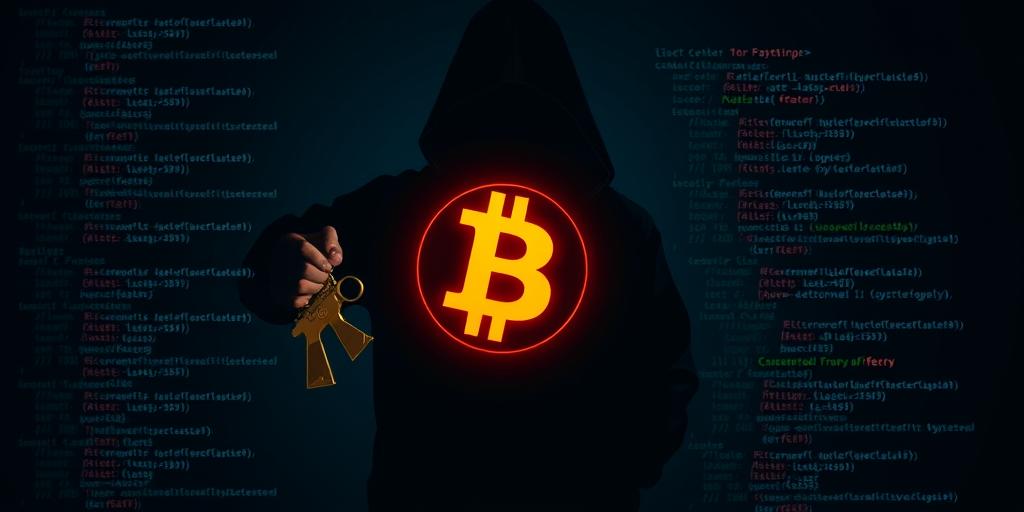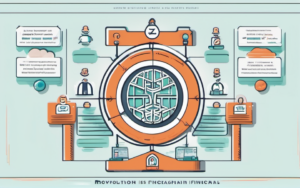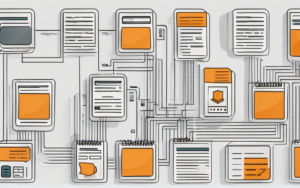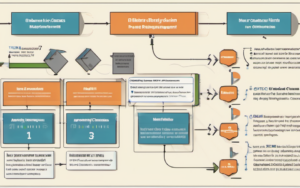The allure of blockchain technology lies in its promise of a decentralized and transparent future, where trust is built on code rather than intermediaries. However, as with any powerful tool, blockchain can be misused, and its decentralized nature can create unique challenges in mitigating these risks. While blockchain holds the potential to revolutionize various industries, it’s crucial to acknowledge its darker side and explore ways to navigate the potential for blockchain misuse.
The Allure of Decentralization
Transparency and Trust
Blockchain technology is fundamentally transparent, enabling anyone to trace the history of transactions on the network. This transparency eliminates the need for intermediaries and fosters trust among participants, as all actions are recorded and verifiable. This inherent transparency is a cornerstone of blockchain’s appeal, as it reduces the risk of fraud and manipulation.
Empowerment and Control
Decentralization empowers individuals by giving them more control over their data and assets. In traditional systems, centralized entities often hold significant power, but blockchain allows users to manage their own information without relying on third parties. This shift in control can empower individuals and create a more equitable and decentralized society.
The Shadows of Blockchain
Anonymity and Privacy Concerns
While blockchain offers transparency, it also presents challenges regarding anonymity and privacy. The pseudonymous nature of blockchain transactions can make it difficult to trace the identities of individuals involved, raising concerns about potential misuse.
Money Laundering and Financial Crime
The anonymity provided by blockchain can be exploited for illicit activities such as money laundering and financial crime. Transactions on the blockchain are difficult to trace, making it challenging to track the flow of funds and identify individuals involved in illegal activities.
Dark Web Markets and Illegal Activities
Blockchain’s decentralized nature can facilitate the creation of dark web markets and other illegal activities. These platforms can operate outside the reach of traditional regulatory bodies, making it difficult to monitor and control their operations.
Security Vulnerabilities
Blockchain technology is not immune to security vulnerabilities. While the distributed nature of the network provides inherent resilience, certain weaknesses can be exploited by malicious actors.
Smart Contract Exploits
Smart contracts, which are self-executing agreements stored on the blockchain, can be vulnerable to exploits. If vulnerabilities exist in the code, attackers can manipulate the contract to gain unauthorized access to funds or assets.
51% Attacks and Network Manipulation
A 51% attack occurs when a single entity controls more than half of the network’s computing power. This gives them the ability to manipulate the blockchain, potentially reversing transactions or double-spending funds.
Environmental Impact
The energy consumption associated with blockchain technology, particularly proof-of-work consensus mechanisms like Bitcoin, has raised concerns about its environmental impact. Mining operations require significant computational power, leading to high energy consumption and carbon emissions.
Energy Consumption and Carbon Footprint
The energy consumption associated with mining certain cryptocurrencies has a significant environmental impact. The high energy demand can contribute to climate change and raise concerns about the sustainability of blockchain technology.
Mitigating the Risks
Regulation and Compliance
Regulations and compliance frameworks are crucial for mitigating the risks associated with blockchain misuse. Governments and regulatory bodies are working to develop guidelines and standards to address issues such as money laundering, terrorist financing, and data privacy.
Enhanced Security Measures
Developing robust security measures is essential to protect blockchain networks from attacks. This includes implementing strong cryptography, conducting regular security audits, and utilizing advanced security protocols.
Responsible Development and Adoption
Responsible development and adoption are key to mitigating the risks of blockchain misuse. Developers should prioritize security and privacy, while businesses should adopt blockchain technologies in a responsible and ethical manner.
The Future of Blockchain: Balancing Innovation and Security
Striving for Transparency and Accountability
The future of blockchain lies in finding a balance between innovation and security. Striving for transparency and accountability is crucial to building trust and mitigating the risks associated with blockchain misuse.
Building a Sustainable and Ethical Ecosystem
Developing a sustainable and ethical ecosystem for blockchain technology is essential. This requires addressing the environmental impact of mining, promoting responsible development practices, and fostering a culture of transparency and accountability.
The Importance of Education and Awareness
Education and awareness are crucial to fostering responsible use of blockchain technology. Educating individuals about the potential risks and benefits of blockchain can help promote responsible adoption and mitigate the risks of blockchain misuse.
By addressing the challenges and mitigating the risks associated with blockchain misuse, we can harness the transformative power of this technology to build a more secure, transparent, and equitable future.




